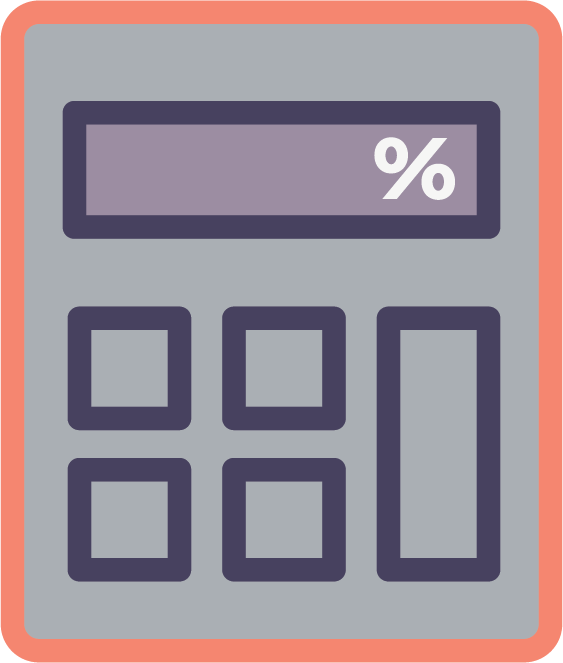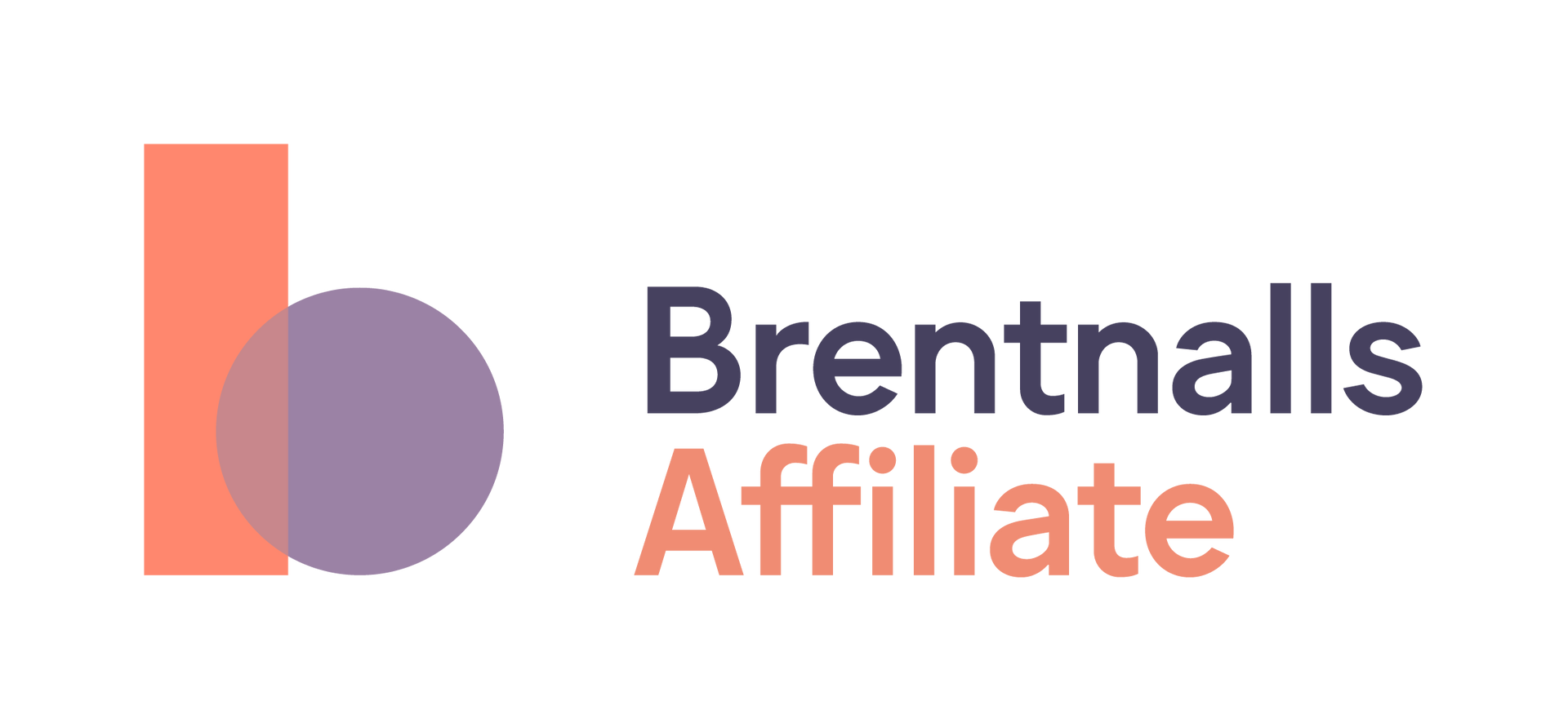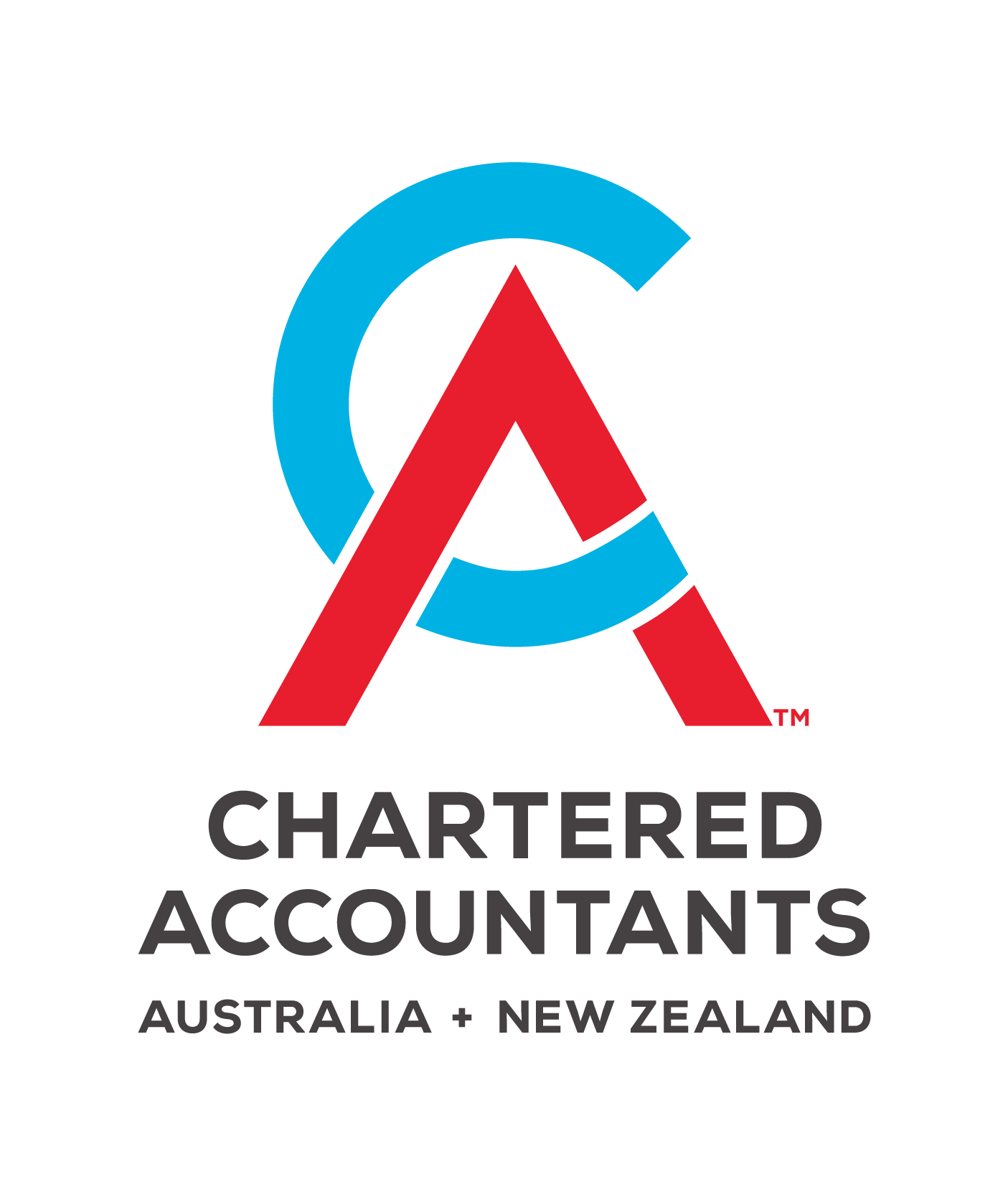News Articles

Wine Equalisation Tax, referred to as WET, is an Australian levied tax which affects wine producers, wholesalers, and importers. It generally doesn’t affect retailers unless they meet certain criteria, set out below.
It’s also fair to say WET comes with some complexity
Therefore, consulting with one of our dedicated Agribusiness team at Brentnalls SA can help you understand some of the finer details of this tax, how it’s calculated, and any rebates or tax credits you might be entitled to claim.
WET is not a GST in disguise
First and foremost, WET is not another alias for a GST on vino. According to the ATO, if you make wine, import wine into Australia or sell it wholesale, you’ll generally have to account for WET.
Instead, WET is a tax of 29% of the wholesale value of wine, cider, and sake (more on this later). It is usually only payable if you are registered or must register for GST – plus you still might need to pay GST as an additional impost.
For example, if you wholesale your wine, you will need to calculate the price of the wine plus WET of 29%, and after this, you will calculate the additional 10% GST against the value of your wine inclusive of the WET. In other words, the purchaser will pay WET and GST (or 41.9 %) in extra taxes on top of the value of the wholesale price of the wine.
Applying the WET
WET must be calculated by required entities. Retailers, however, do not have a WET liability unless they make wholesale sales or bottle their wine. Generally, WET is included in the price that the liquor retailers and restaurants pay when purchasing wine. As such, retailers can’t claim back the cost of the WET, as this impost is built into the price they pay for the wine, although they can pass the expense of the WET onto the consumer. Please refer to our information sheet for more details.
When and who pays WET
WET is a one-off tax on the value of the wine and applies when you sell or deal with wine:
- through wholesale sales;
- through some retail sales (for example, cellar door sales and retail sales of repackaged bulk wine);
- for own use where WET has not already been paid; or
- by importing into Australia.
Except for imports, WET is only payable if you are registered or required to be registered for GST. It is designed to tax the last wholesale sale of wine in Australia. Usually, this is a sale from a wholesaler to a retailer. If you import wine, WET is payable directly to the Department of Home Affairs at the time of importation.
You will also have to pay WET if you’re a wine producer or you obtain the wine under quote, meaning the tax hasn’t already been paid, and you either:
- Drink the wine yourself;
- Use the wine for tastings or promotional purposes; or
- Transfer ownership of wine under a contract as a donation to a charity.
A winery that allows a retail store to use its wine for promotional tastings must pay the WET.

Rebates and credits
Wine producers may be entitled to a credit (producer rebate) of the WET amount they have paid on a dealing with wine, or the amount of WET they would have paid on the dealing, if the purchaser does not quote their ABN. From 1 July 2018, the maximum rebate claimable each financial year is $350,000. Before 1 July 2018, this was $500,000. To review the eligibility criteria needed to claim the WET producer rebate, please refer to our information sheet Wine Equalisation Tax for further information.
In some circumstances, producers could be entitled to a WET credit if they paid the tax in error or overpaid it. For example, a wholesaler sells wine and pays WET but subsequently allows a settlement discount. Credits are also available if you pay WET on wine that has already had the tax paid on it, or you wrote off bad debts that already included a WET payment.
How can Brentnalls SA help?
There are other aspects to calculating your WET liability, including using the
“Half Price Retail Method” or the
“Average Wholesale Price Method” that we have not addressed in this article. If you require any guidance or further information concerning WET or how it is calculated, please contact our office.
Discuss Further?
If you would like to discuss, please get in touch.
Disclaimer
The information provided in this article does not constitute advice. The information is of a general nature only and does not take into account your individual situation. It should not be used, relied upon, or treated as a substitute for specific professional advice. We recommend that you contact Brentnalls SA before making any decision to discuss your particular requirements or circumstances.







